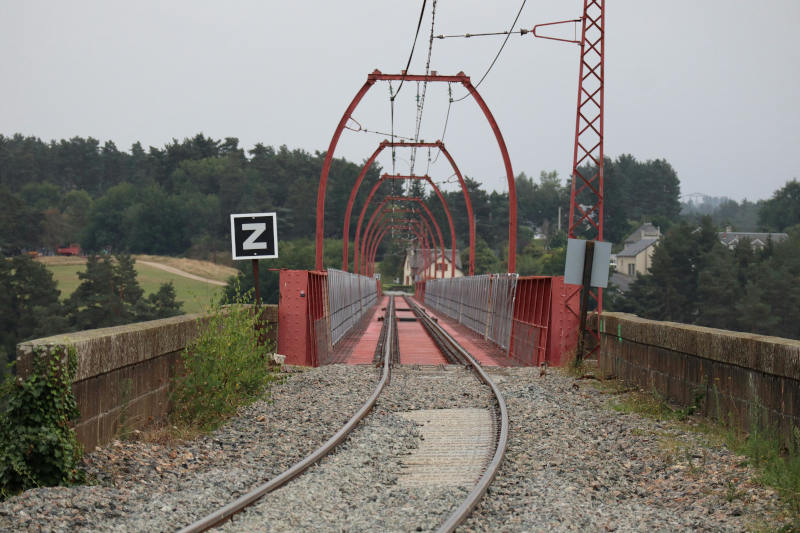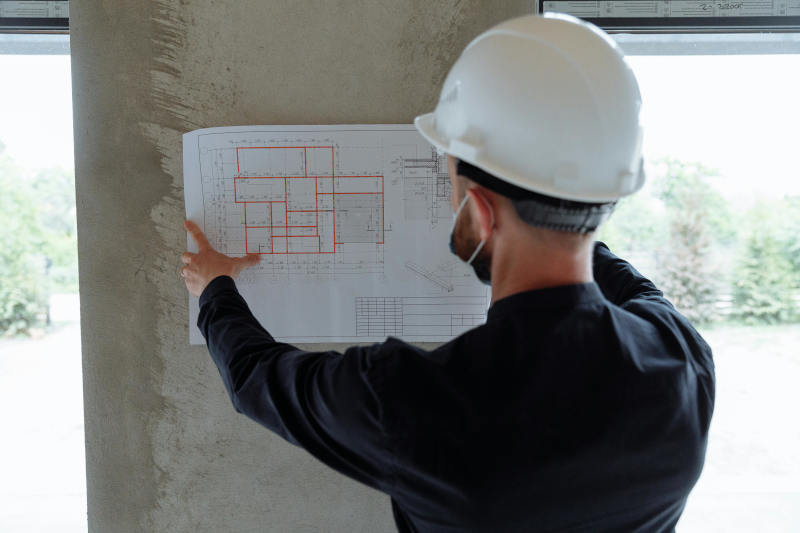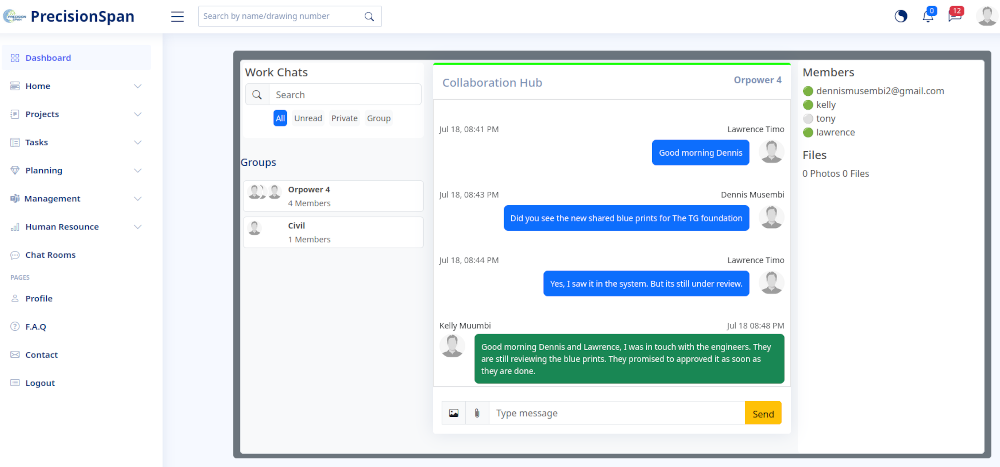
How BIM (Building Information Modeling) is Revolutionizing Construction Project Management
The construction industry is facing growing complexity, from tighter budgets to stricter regulations and heightened sustainability goals. In this evolving landscape, Building Information Modeling (BIM) has emerged as a transformative force, changing how construction projects are planned, executed, and maintained.
Unlike traditional 2D plans that limit visibility, BIM in construction offers a centralized, intelligent 3D model that enables real-time collaboration, clash detection, and precise cost forecasting. For project managers, it delivers greater control, fewer errors, and improved decision-making across the entire project lifecycle.
In this article, we’ll explore how BIM is revolutionizing construction project management, and why adopting it alongside the right project tools is essential for delivering faster, smarter, and more sustainable builds.
What is BIM?
Building Information Modeling (BIM) refers to the digital process of creating and managing a building’s physical and functional characteristics. It involves creating a 3D, data-rich model that represents the real-world structure and systems of a building. But BIM is more than just a design tool. It’s a collaborative platform that integrates data from architects, engineers, contractors, and facility managers throughout the entire construction lifecycle.
Each element in a BIM model contains metadata, specifications, and performance details. Walls, windows, HVAC systems, and plumbing lines aren’t just shapes on a screen; they are smart objects with embedded information. This allows stakeholders to make informed decisions, anticipate problems, and maintain consistency across design, construction, and operations.
BIM helps track and visualize every component of the construction process in real-time. This digital representation means that changes can be made and instantly reflected across all documentation, making coordination more efficient and less prone to errors.
BIM vs Traditional 2D Plans
Traditional 2D drawings have long been the standard in construction, but they lack context and depth. Paper-based plans and static CAD files often lead to misinterpretation, errors, and rework.
BIM changes this paradigm. A BIM model is dynamic. If an architect moves a wall, related systems such as electrical and plumbing are updated automatically. This ensures accuracy and reduces miscommunication. It also allows for better visualization, enabling clients and stakeholders to understand the project in real dimensions and make timely decisions.
2D plans often rely heavily on annotations, leading to inconsistencies and the potential for oversight. BIM, on the other hand, uses intelligent objects and rules that maintain consistency automatically. This not only improves accuracy but also dramatically reduces the time spent on quality checks.
With BIM, collaboration becomes seamless. Instead of multiple, disconnected files, the entire team works on a single model. This integrated workflow minimizes errors, shortens timelines, and improves project outcomes.
Real-time Collaboration with BIM
One of the most impactful advantages of BIM is real-time collaboration. Cloud-based BIM platforms allow architects, engineers, and contractors to work simultaneously on the same model from different locations. This immediate access to updated data improves coordination, reduces delays, and enhances accountability.
For project managers, real-time collaboration means improved oversight. They can monitor design changes, track progress, and ensure that all team members are aligned. This leads to faster approvals, smoother workflows, and better risk management.
This collaborative approach is especially valuable in large-scale projects with multiple stakeholders. Communication breakdowns and misunderstandings are minimized as everyone has access to the same information. Revisions and updates become transparent and traceable.
When paired with tools like PrecisionSpan, BIM's collaborative power is amplified. Tasks, resources, and deadlines can be synchronized directly with the model, creating a unified environment that blends planning with execution.
Cost Estimation and Clash Detection
BIM also supports accurate cost estimation and effective clash detection. Through 5D BIM, project teams can associate cost data with individual elements in the model. As changes are made, the cost implications are automatically updated. This prevents budget overruns and allows for real-time financial analysis.
Clash detection is another game-changer. BIM can identify conflicts between systems, such as ductwork running through structural beams, before construction begins. By resolving these issues digitally, teams save significant time and money.
Traditional cost estimation often relied on manual processes, spreadsheets, and disconnected data. BIM transforms this process with automation, offering granular insights into costs, procurement needs, and resource allocation.
The ability to simulate construction scenarios and detect potential issues early gives project managers a strategic advantage. BIM reduces the need for costly on-site changes and ensures a smoother construction phase.
BIM and Sustainability in Construction
Sustainability is increasingly important in modern construction. BIM supports green building practices by enabling energy simulations, daylight analysis, and sustainable material selection.
Designers can assess how a building will perform in various environmental conditions and optimize for efficiency. BIM helps reduce material waste through precise quantity take-offs and supports strategies for recycling and reuse.
Additionally, BIM facilitates the documentation required for sustainability certifications such as LEED or BREEAM. By integrating sustainability into the design process from day one, project teams can achieve environmental goals without sacrificing performance or budget.
Lifecycle analysis is also easier with BIM, allowing project managers to consider the long-term impacts of materials, energy use, and maintenance. This forward-thinking approach not only meets today’s environmental regulations but also prepares for future standards.
The Future of BIM in Project Management
As technology continues to evolve, the future of BIM looks even more promising. Emerging trends include:
- 6D BIM: Integrating facility management and maintenance data.
- Cloud-based platforms: Enhancing accessibility and version control.
- AI and machine learning: Predicting delays, risks, and cost implications.
- IoT integration: Connecting building systems to live data feeds for smart management.
These advancements will make BIM an even more integral part of construction project management. The future is not just about building structures, it’s about building smarter, connected, and more sustainable environments.
Moreover, digital twins:- real-time, live models of physical buildings, are gaining traction. Powered by BIM and IoT, they allow facilities to be managed dynamically based on real data. This marks a significant shift toward intelligent infrastructure and operational efficiency.
BIM Doesn’t Replace Project Management. It Amplifies It
It’s important to note that while BIM is powerful, it doesn’t replace the need for strong project management. BIM is a tool, a very advanced one, but it requires structure, strategy, and discipline to unlock its full potential.
That’s where construction project management systems like PrecisionSpan come into play. While BIM handles the modeling, PrecisionSpan manages execution. From scheduling and procurement to communication and compliance, PrecisionSpan ensures that BIM insights translate into real-world results.
PrecisionSpan’s intuitive dashboard provides visibility into all ongoing tasks, dependencies, and potential risks. Combined with BIM, this offers project managers a complete toolkit for successful delivery.
How PrecisionSpan Works Alongside BIM Tools
PrecisionSpan is designed to complement BIM workflows by integrating planning, scheduling, and execution data. With PrecisionSpan, project managers can:
Link tasks to specific model elements
Track changes and approvals in real-time
Align procurement with model-based material needs
Manage labor and equipment based on the construction sequence
This integration bridges the gap between design and delivery, ensuring that every insight from the BIM model drives action in the field.
PrecisionSpan also integrates with mobile field apps and inspection tools, meaning the insights from BIM don’t just stay in the office, they reach the people doing the work on the ground. Real-time updates from the site flow back into the system, creating a continuous feedback loop.
Conclusion
As the construction sector embraces digital transformation, Building Information Modeling has become more than just a design tool, it's the foundation of modern construction project management. BIM empowers project teams to visualize work in 3D, estimate costs with precision, detect clashes early, and collaborate in real-time across disciplines.
But BIM alone isn't enough. To fully harness its power, it must work in tandem with purpose-built construction technology platforms that manage workflows, schedules, procurement, and communication.
That’s where solutions like PrecisionSpan come in, bridging the gap between BIM and day-to-day project execution. The result? Fewer delays, better budgeting, and more confident decision-making at every step.
In the end, BIM in construction empowers you not just to build, but to build better. With BIM and PrecisionSpan working hand-in-hand, your team can align every model, milestone, and material from blueprint to final inspection. Whether you're planning a commercial high-rise or a residential complex, embracing BIM means embracing a smarter, more strategic future.
Ready to integrate BIM into your construction process and elevate your project outcomes?
Book a Demo or Get Started Free
Bring order, clarity, and control to every construction phase.












0 Comments